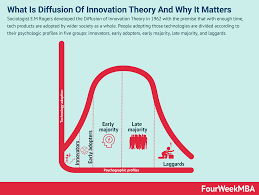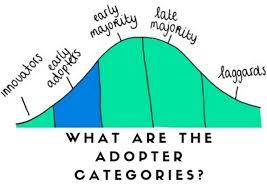Why is Privacy Important?
Technology is not as safe as we might think when it comes to our safety.
The majority of people who own cell phones, laptops, or any other kind of gadget are unaware of the risks associated with such ownership.
Companies hire these employees to keep an eye on us, often without our knowledge or consent.
Especially cell phones they listen into our conversations and keep track of what is being said and depending on the topic most often or not you will see something similar in your feed.
In one of the TED talks I thought it was interesting that Catherine Crump brings up that some license plate cameras take a picture of other vehicles that drive by.
It definitely is something you would never think about unless you were told that the camera gets an image and is able to track your locations and the places you go.
It’s also similar to what cell phones do by tracking your location because wherever you move to and you take your cell phone it's going to keep track of where you go.
Another thing about privacy is that our social media like Instagram, Facebook, TIkTok and other social media they basically leak data that they collect from users for money.
That’s why when you first create a user account they ask you to agree to the private and policy and you have to say that you read them.
Many social media platforms tend to sell user data to promote marketing tactics used by many different companies.
Google tends to share user’s data and share them with social media platforms to show user’s products that they have previously searched.
Social media privacy is an important matter that needs the full attention of its users in this era of likes, comments and tweets.
Individuals are free to express themselves when they have privacy over their information.
By safeguarding their reputation and minimizing outside influences on their lives, they may also establish realistic social boundaries.
Users of social media can improve their privacy by choosing with whom they wish to share their information.
Through privacy settings, this can be improved. Facebook users, for instance, have the option to make their accounts private or public.
Having numerous accounts allows users to increase their privacy. An individual should decide whether to have one account or several accounts.













